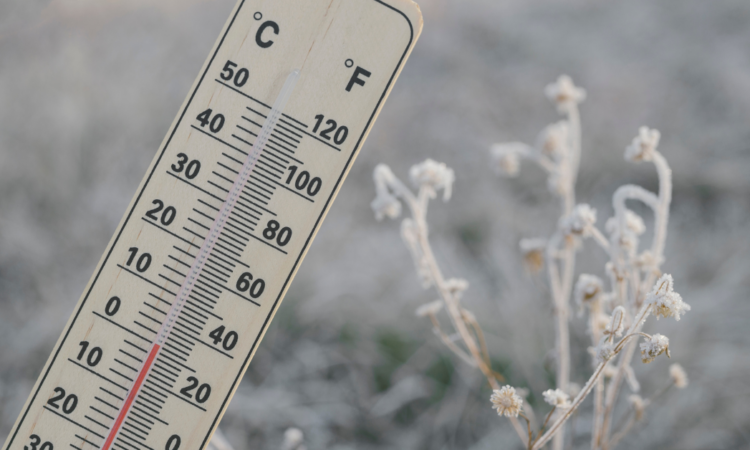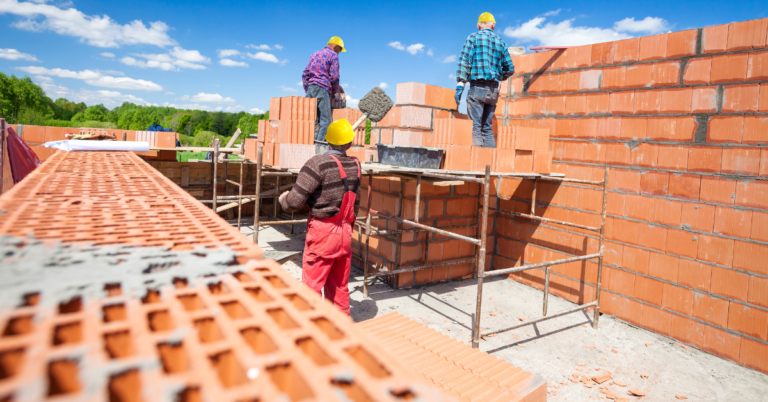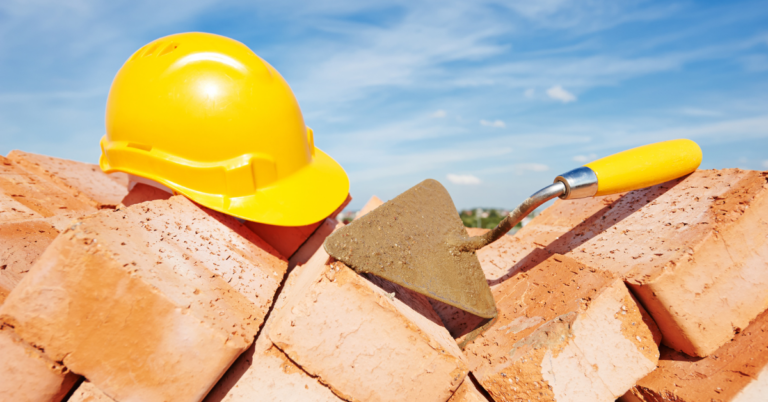Bricklaying in cold weather
Working in the construction industry in winter can be a difficult time. Weather is a major external factor which bricklayers must consider everyday. Bricklaying in cold weather can be difficult as when sub-zero temperatures set in across Scotland, it brings the industry to a halt. When the temperature is 3°C and falling bricklayers cannot and should not build. This is due to the impact on build quality which frost has. Frost can also seriously damage and spoil essential materials and equipment. During the winter in Scotland, many days will see temperatures of 3°C and falling. This can lead to days (sometimes weeks) of non-production and can result in program delays.
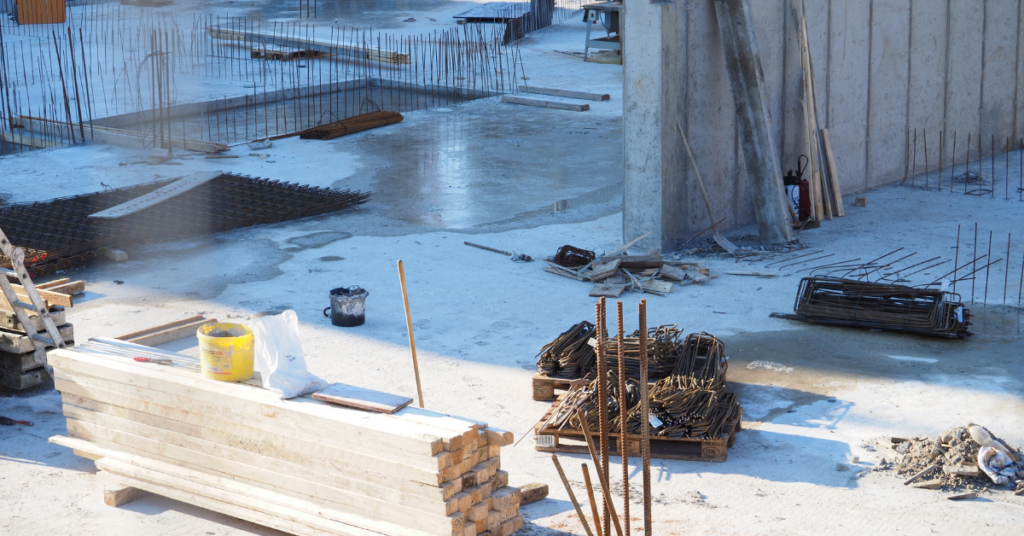
What do bricklayers do in the winter?
So what do we do? Well, there are times when bricklayers simply cannot build because of the rules our industry follows regarding building in low temperatures.
Additionally, in Scotland, we lose a lot of daytime hours due to our Northerly latitude, with the sun rising as late as 8:30am in the morning and setting as early as 3pm in December. Therefore, we encourage our subcontractors to get us much work done in the spring, summer and autumn months to prepare for non-productive days and weeks in the winter.
Laying bricks in cold weather
In cold weather, any moisture soaked into the brick can freeze. This is problematic as when a brick freezes the water inside expands which can lead to cracking or chipping of the brick. Ultimately, impacting build quality and strength. Mortar which holds the bricks together is also severely impacted by cold weather. It becomes difficult to mix and use as moisture forms in the mortar in cold weather which can also cause it to freeze and expand. This impacts the mortar’s bonding ability and water resistance.
Bricklaying in winter – the Canadian Way…
All of this did get us thinking about how bricklaying in the winter will vary drastically depending where in the world you find yourself as a bricklayer. For example, a Spanish bricklayer’s winter will look extremely different to a Canadian bricklayer’s winter!
It’s also very interesting how the Canadian building trade can continue to work in temperatures far lower than we will in Scotland. There must be something to be said for investing in similar techniques used by Canada in Scotland during the winter. Canadian techniques for ‘Cold Weather Construction’ include:
- Storing materials and equipment inside buildings to keep them totally dry and prevent frost
- Ensuring moisture content in mortar is less than 6% when it freezes
- Heating the constituent material used in mortar
- Use of windbreaks to either a) cover a portion of the work or b) completely cover (in temperatures of -4 to 0)
- Use of insulating blankets (in temperatures of -7 to -4
- Use of heaters (in temperatures of -7 and below)
The future of bricklaying in cold weather
The PDF we refer to on Cold Weather Construction in Canada above, was written in 2002. Giving us little hope that the same techniques will ever be adopted by principal contractors in the UK. A heater would be great but with the UK’s cost of living crisis, we know that it’s just not feasible. We at SLBC Ltd, hold out hope that someone with an innovative and creative mind can come up with successful sub-zero bricklaying materials and products, because we would totally buy in! Ice-retardant mortar would be a good one to start on if anyone fancies it!
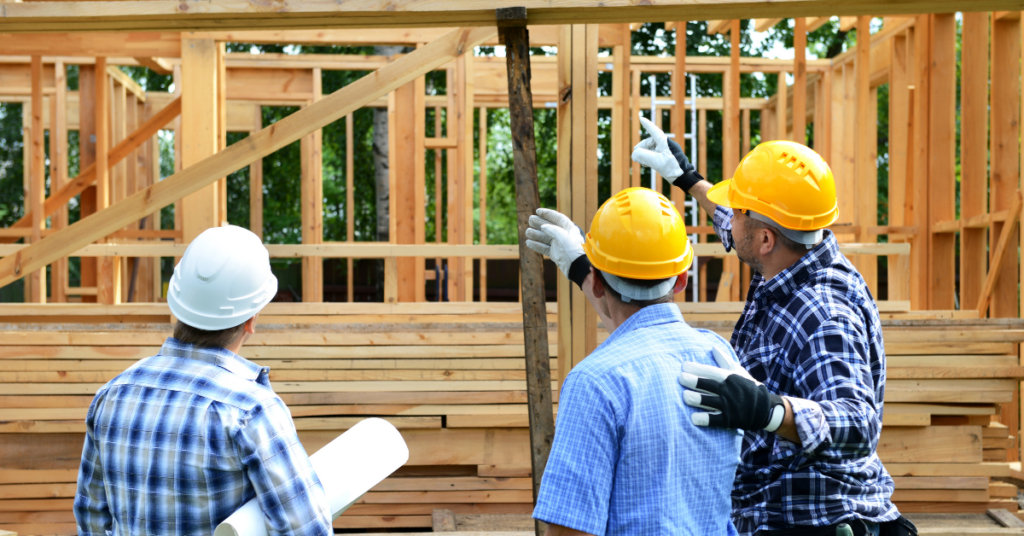
Blog Image Credit: Canva


